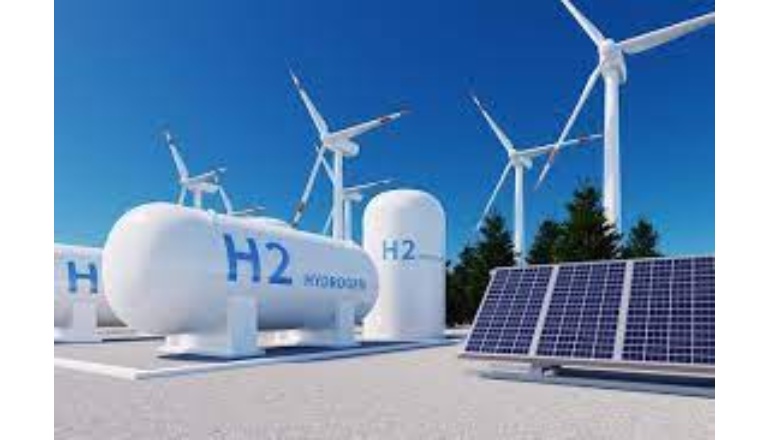Green energy was at the forefront during at recently concluded bilateral meeting on US-India Civil Nuclear Commerce in New Delhi.
Union Minister of State for Science and Technology, Dr. Jitendra Singh, emphasized the Green Hydrogen Mission as a cornerstone of India’s strategy to decarbonize heavy industries, transportation, and power generation.
He said that attaining the global climate goals and promoting innovation in clean technologies depend on this effort. India has established robust policy frameworks and international partnerships that will position it to spearhead the shift towards a sustainable energy future.
Dr Singh highlighted the importance of global supply chains in sectors like semiconductors, pharmaceuticals, and clean energy technologies. He spoke about the Indian government’s investment in research, development, and regulatory frameworks for Small Modular Reactors.
According to him, India has pledged to implement Prime Minister Narendra Modi’s “Panchamrit” climate action plan. The aim is to increase non-fossil energy capacity, reduce carbon emissions, and achieve net-zero emissions by 2070.
Dr. Ravi Chandran, Secretary, Earth Sciences, highlighted advancements in ocean energy and Carbon Capture, Utilization, and Storage (CCUS) technologies.
Dr. Rajesh Gokhale, Secretary, the Department of Biotechnology, emphasized India’s advancements in biomass-to-energy conversion and the successful implementation of biofuels.
Professor Abhay Karandikar, Secretary of the Department of Science and Technology, underscored India’s advancements in emerging technologies like data analytics, AI, and machine learning.
Dr N Kalaiselvi, Director General of CSIR, underlined advancements in lithium-ion battery development and indigenous battery manufacturing, emphasizing the need for sustainable and circular energy storage solutions.

